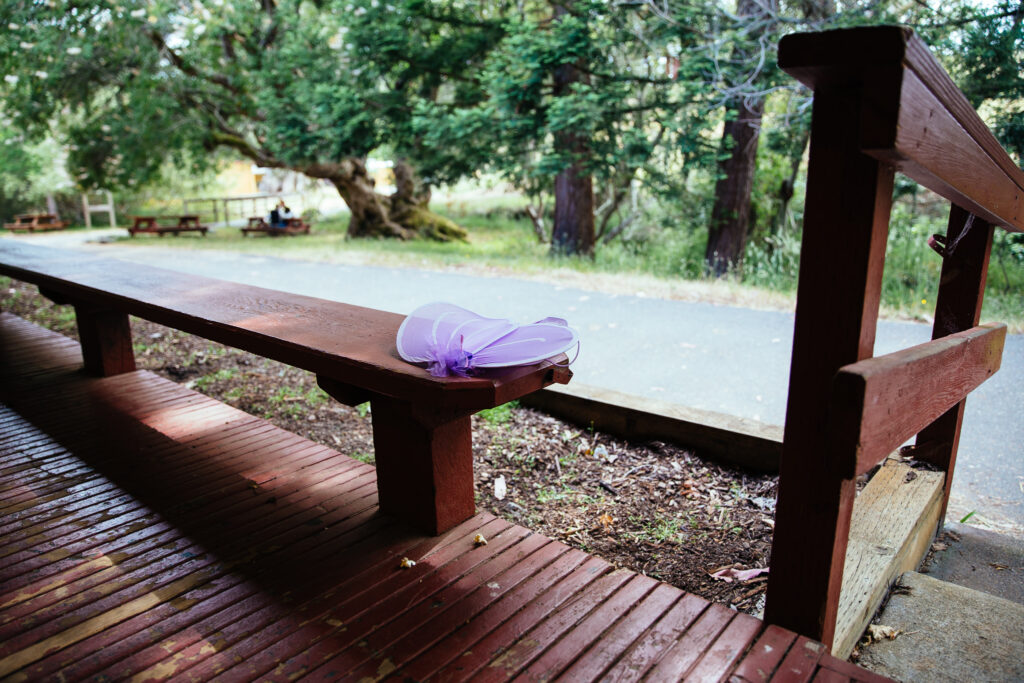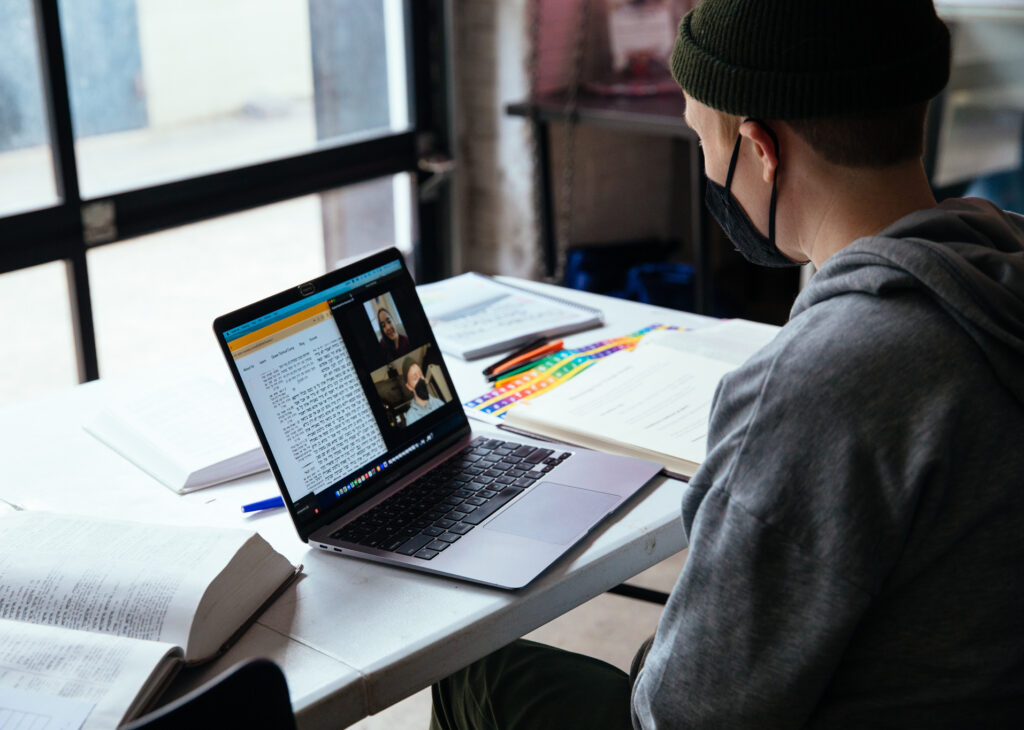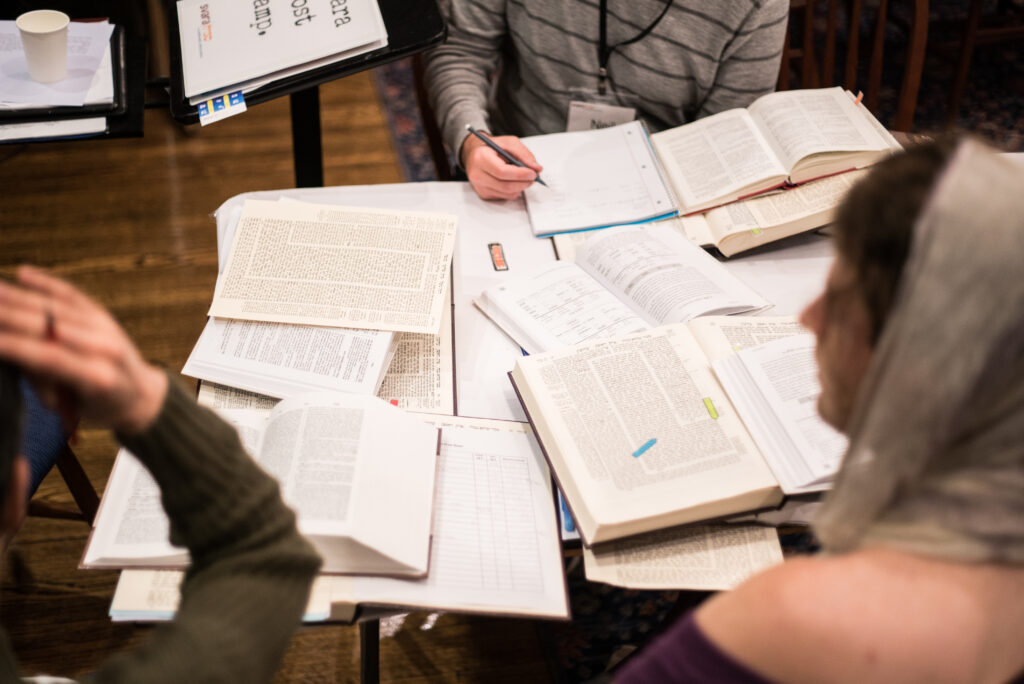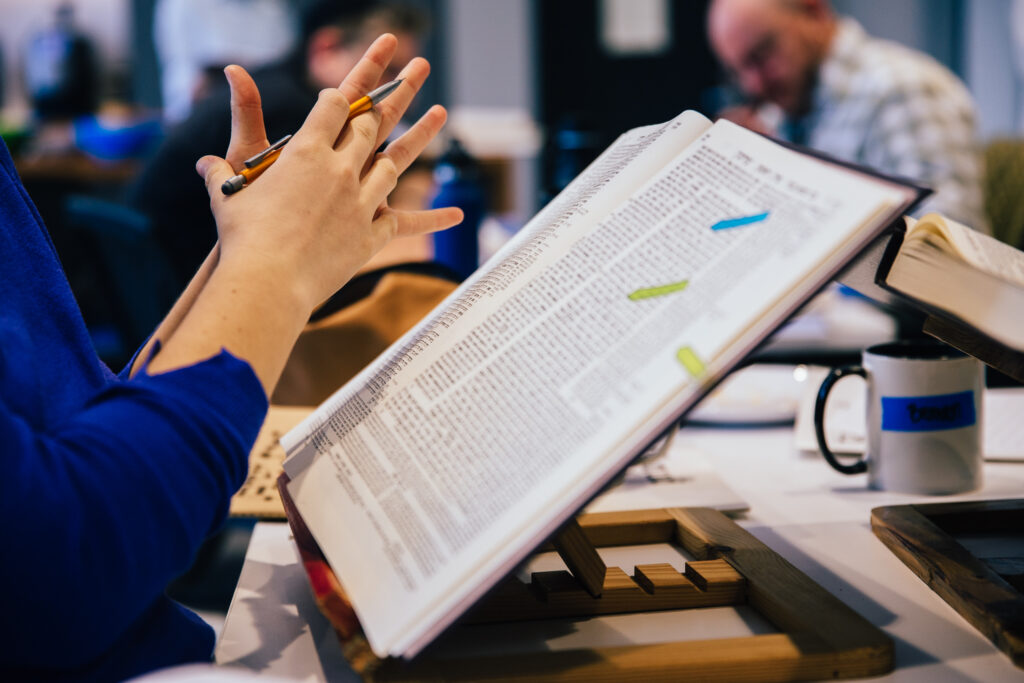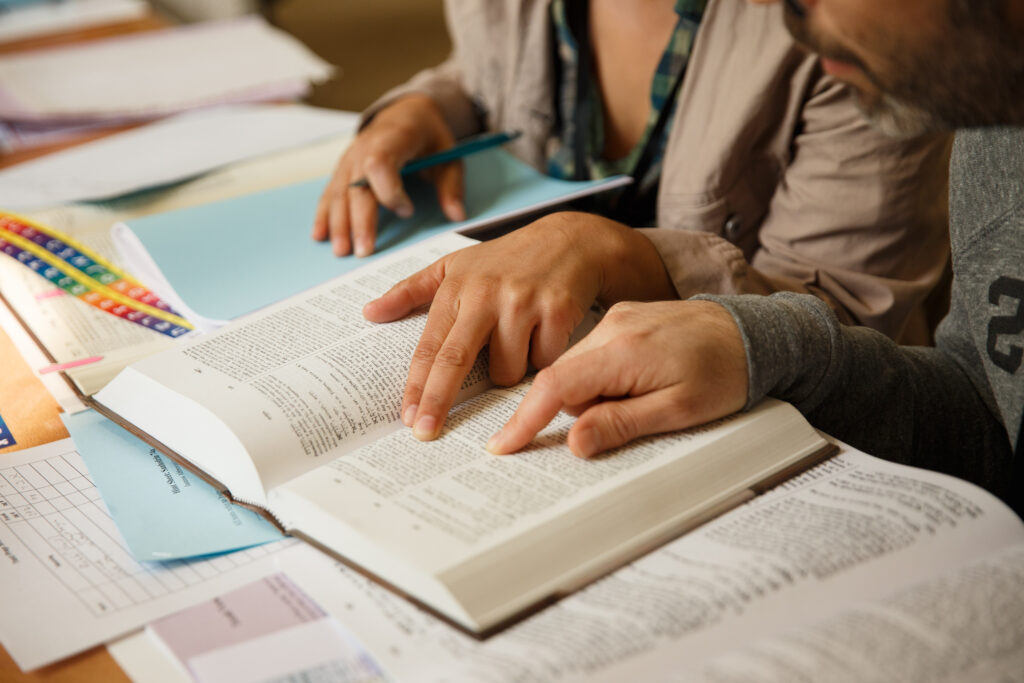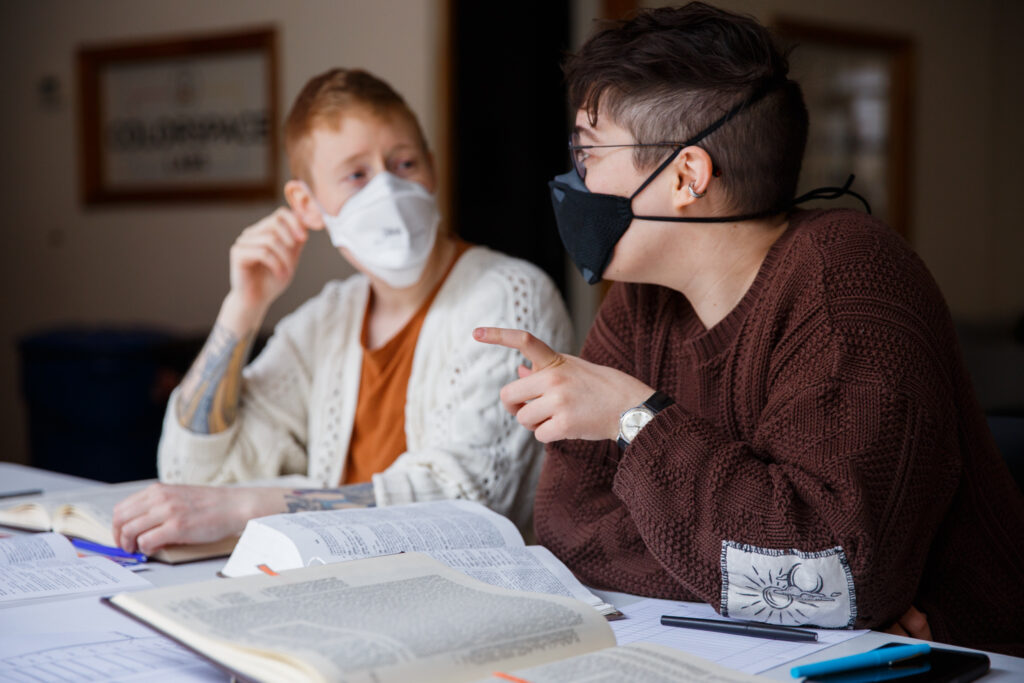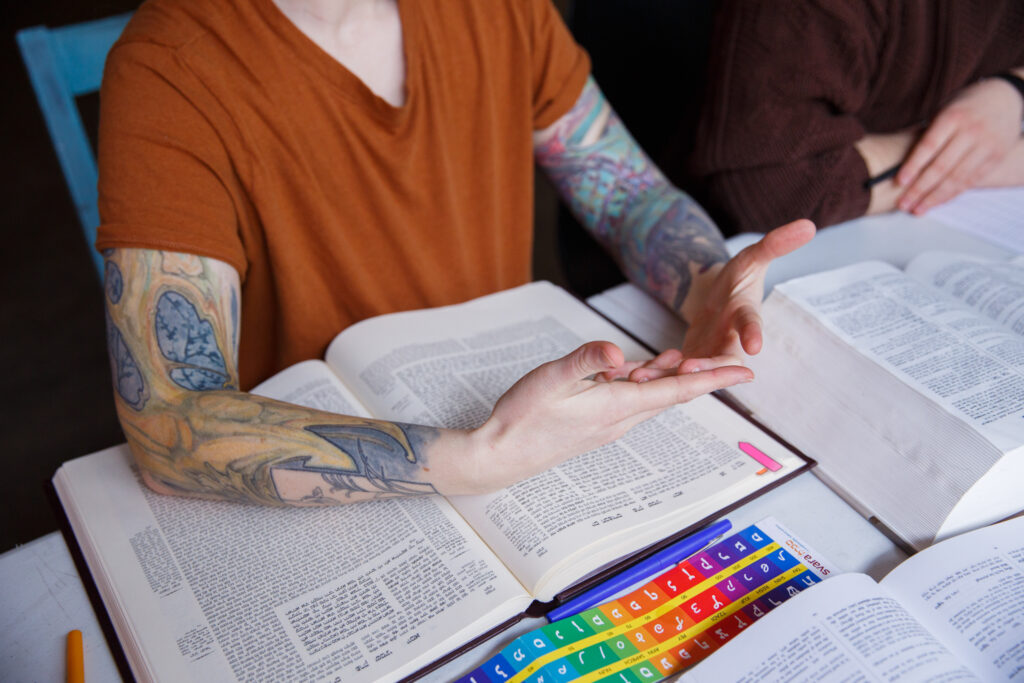In the 1980s, bees had a bad reputation. When I was a kid, my friends and I would shoo bees away and run away from them in fear. Thankfully, times have changed. Instead of chasing bees away, my four-year-old helps me plant golden yarrow, orange and white poppies, and lacey pink milkweed to attract bees to our garden. Most children today know that bees are endangered, and that their survival is important for the future of the planet.
It was easy to misjudge bees. After all, they are small and might appear to be insignificant; they have crawling feet and scary stingers. But without bees, and other pollinators like butterflies and moths, there are no verdant forests or lush jungles; our entire food chain would collapse.
Bees are more than just critical for human survival; they are amazing just for who they are. Bees make honey that heals wounds and preserves food. Honey is anti-bacterial and anti-inflammatory. Bees are dressed in soft golden fur. They have queens! Most of all, bees are intimately connected to each other. Bee torah is hive torah; it is about giving and receiving care and harvesting sweetness in return. How did I ever underestimate it?
My generation was not the first to overlook insects. The midrash anticipates this problem and underlines their holiness. We read in a 5th century CE commentary on Genesis: “There is nothing superfluous in the world. Even flies, gnats, and mosquitoes are part of creation and serve a Divinely-appointed purpose” (Bereshit Rabba 10:7).
Recently, I have been thinking about how I identify with bees, as a chronically ill and disabled person. I too, am often undervalued and misunderstood. Living with ableism and pain means that I also have a stinger. And like bees, I have learned from other disabled people how to depend on my hive.
In this era of climate chaos, disabled people, like bees, are among the first to be threatened with extinction and our survival is crucial for everyone’s future. We all become more disabled as we age. Furthermore, the line between disabled and not-disabled is far hazier than the able-bodied would like to believe. Everyone is a car accident, an unmasked inhalation, or a few years away from disability.
Many of the ways I have learned to live well in a chronically ill body — by taking the present moment slowly and gently, letting go of looking for certainty about the future, napping, dreaming, nurturing relationships and loving fiercely — are the same ways we will survive life on this chronically ill planet.
At the same time, the deaths of disabled people are treated as “expected losses” in a changing world. In Texas and Louisiana, elders and disabled people were left behind in nursing homes as the water rose during Hurricanes Harvey and Katrina. In my home state of California, disabled people were left without electricity to plug in ventilators or refrigerate insulin as the wildfires of 2017-2020 raged.
Dr. Julia Watts Belser, a scholar of Talmud, disability studies, queer feminist Jewish ethics, and environmental justice, explains in her article “Disabled People Can’t Be Expected Losses in the Climate Crisis” that popular culture often frames these deaths as the result of natural frailty. However, the real reasons disabled people are most at risk in climate disruptions, are due to structural ableism and white supremacy. Emergency warning systems, transportation, and shelters are all inaccessible in different ways. “Working for climate justice,” says Belser, “requires challenging the root causes of vulnerability, rather than treating disabled people as the inevitable casualties of climate change. It also means interrogating the realities that keep some of us farther from the storm.”
Disability justice activist, poet, and performance artist Maria Palacios tells her story of being in the eye of the storm, as a part of a Disability and Climate Change public archive project that Belser is curating. Palacios says that it doesn’t make sense to tell disabled people to prepare for the coming storms as we are already doing everything we can to survive. “As disabled people,” says Palacios, “most of us are living in a constant state of survival. Living like that doesn’t allow you the opportunity to prepare. Because you’re always drowning. You’re just trying to hold on, day to day, month to month. We have to climb mountains just for the chance to exist.”
Over the past weeks, SVARA students in the “Torah for the End (and Beginning) of the World” class dove deep into the Talmud and read it side by side with contemporary disabled and/or BIPOC wisdom for this era of transformation. One of the key take-aways was our deep interconnection. As one student wrote in their reflections: “I am dreaming of a future in which we feel responsible to care for each other and our planet. My ancestors help me imagine this by planting trees knowing they’ll never see their fruit”
“All the Jewish people,” we learned in class, “are arevim one for another.” This is usually translated as: “all the Jewish people are responsible for one another” (Babylonian Talmud, Shevuot 39a) because the Hebrew word arevim refers to being a guarantor for another person’s loans. However, the root of this word, e-r-v, means to be mixed up together.
This is the same verb root as the term for the evening, erev, when day and night can’t be distinguished. Another form of this root, eruv, refers to the wire which surrounds Jewish neighborhoods (and the whole of Manhattan) to mix together public and private domains and create a shared communal space on Shabbat. Just like erev (evening) is time that can’t be separated into the categories of day and night, an eruv (boundary wire) creates space that can no longer be delineated into public and private. In other words, when we share community, we become so inextricably interconnected that our actions impact each other in ways that are impossible to separate. This principle spreads out in concentric circles to the whole world. As we read at the beginning of this same passage: “Is not the whole world arevim [mixed up] one for the other?”
Contemporary disabled activist Patricia Berne, the executive director of the Disability Justice political education and performance project, Sins Invalid, says this in a different way: “Just as each component in Earth’s ecosystem plays a vital role in supporting everything around it, so do each of us have an essential role to play in sustaining our communities, our environment, our planet.”
This is the heart of bee torah and crip wisdom. We each have a unique role to play and are related to everyone and everything else in the entire world. As our Sages say, we are “mixed up” with one another, like day and night mingling in the twilight.
On May 11th from 1-3pm PT, 4-6pm ET on zoom, we will have an opportunity to celebrate the learning “Torah of the End (and Beginning) of the World” students and hear from Dr Julia Watts Belser and Maria Palacios at “Shelter in The Storm: Crip and Jewish Wisdom for Climate Disruptions.” Register here.

